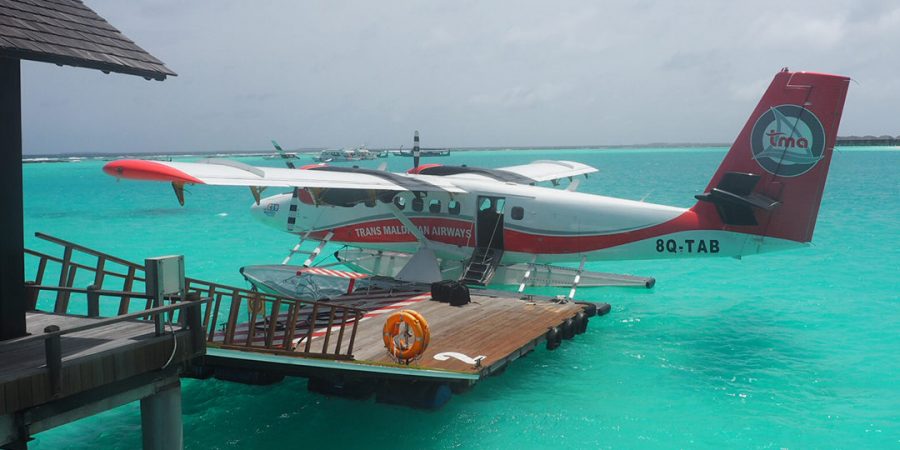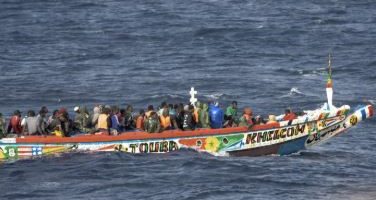Flying with the barefoot pilots of the Maldives

MALE, (DNA) – If you’re heading to the Maldives for a holiday, there’s a strong chance your journey will include a flight on a sea plane.
This popular Indian Ocean destination is made up of 26 atolls filled with over 1,000 islands occupied by dozens of resorts, all spread out over 90,000 square kilometers.
As more resorts open in farther-flung areas, traveling to them by boat from Maldivian capital Male’s Velana International Airport is simply unfeasible for most.
That’s where Trans Maldivian Airways comes in.
Tthe world’s largest sea plane operator, it has a fleet of 50 aircraft flown by about 200 pilots and operates more than 100,000 flights per year, carrying passengers to dozens of Maldives resorts.
There are a couple of things that separate the pilots of Trans Maldivian from their global commercial counterparts.
For one, their runway is obviously the water.
Secondly, their attire. Though the pilots wear a conventional uniform from the waist up, this is accompanied by shorts and sandals.
Unless they’re in the skies, that is.
“We call ourselves ‘barefoot pilots’ because when we’re in the airplane we actually kick our sandals off and fly barefoot on the pedals,” says Captain Andrew Farr.
“It gives you a really nice feeling.”
It’s quite a sight, seeing these mavericks of the skies kick off their sandals, tan lines showing as they maneuver the air-con-free plane from its aquamarine base into the sky, engines growling loudly, the smell of fuel permeating the air.
Landing on water vs. land
Farr, who’s been with the airline for more than 10 years, is originally from Canada.
It’s fitting, given Trans Maldivian’s entire fleet consists of Twin Otters, which were made in Canada.
These twin-engine turbine-powered aircraft can be fitted with wheels, skis or floats and thus are ideal to operate in all conditions, whether it’s the Arctic subzero temperatures of the Canadian winter or the tropical climates of destinations like the Caribbean.
“It’s a lot more fun and challenging, I think, to land on water because the water is always changing,” says Farr.
“You can have a completely glassy day and everybody thinks that that’s the easiest way to land. But it isn’t, because it reflects the sky. You have to be very, very careful when you’re landing in glassy water conditions.
“During our southwest monsoon, we can get high winds and the waves can get four or five feet high sometimes with large swells. I really like the challenge of adapting to that and having different ways to land in different conditions.”
« Khashoggi murder: Pompeo to seek update in Riyadh (Previous News)
(Next News) Joe Biden’s brother says family members voted for Trump, ‘felt slighted’ by Clinton: report »
Related News

More than 3,000 migrants died while trying to reach Spain
DNA MADRID: More than 3,000 migrants died while trying to reach Spain this year, aRead More

Chinese Communist Party expels top generals
News Desk BEIJING: The Chinese Communist Party has expelled nine top generals in one ofRead More


Comments are Closed